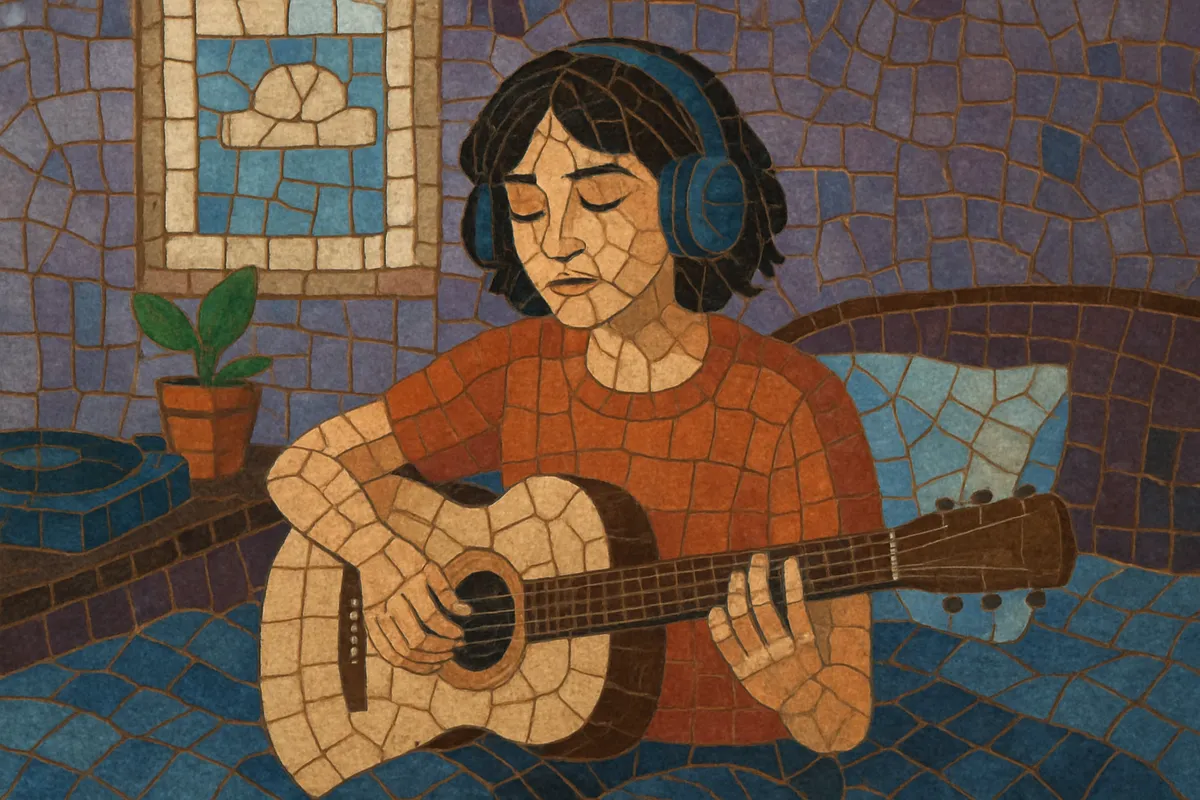
Bedroom pop is an internet-native, DIY strain of pop and indie music characterized by intimate vocals, gentle melodies, and home-recorded production. Artists typically write, record, and mix their songs in domestic spaces using affordable software and minimal gear.
Sonically, it blends indie pop and dream pop with lo-fi textures, soft rock chords, and understated electronic beats. The focus is on a confessional, diaristic tone—often whispery or close-mic’d—paired with warm saturation, tape hiss, and nostalgic timbres. Distribution thrives on platforms like YouTube, SoundCloud, and Bandcamp, where self-released tracks can spread virally.
Bedroom pop emerged as a byproduct of improved home-recording tools and the social-media era. Affordable DAWs (GarageBand, FL Studio, Ableton Live) and cheap audio interfaces let teens and college students produce full songs in dorms and bedrooms. The aesthetic drew on 2000s indie pop, dream pop, and chillwave’s nostalgic haze, but foregrounded confessional songwriting and an intimate, close-up vocal sound.
The scene coalesced on YouTube, SoundCloud, and Bandcamp, where lo-fi videos and algorithmic recommendations carried songs beyond local scenes. Clairo’s "Pretty Girl" (2017) and Boy Pablo’s "Everytime" (2017) became emblematic viral hits; Cavetown, Cuco, Girl in Red, Gus Dapperton, and Rex Orange County expanded the palette with breezy guitars, soft synths, and diaristic lyrics. Billie Eilish’s early home-recorded material with FINNEAS showed how bedroom-rooted production could cross into the mainstream.
The sound favors warm, low-saturation mixes, gentle drum machines, and soft focus: chorus on guitars, subtle tape warble, and roomy reverbs that evoke intimacy. Imperfections—room noise, clipped breaths—are embraced as authenticity. Visuals (VHS filters, pastel palettes) reinforced the DIY nostalgia.
As streaming and TikTok reshaped discovery, bedroom pop became a pipeline for emerging artists to reach large audiences without traditional studio infrastructure. While some acts scaled to professional studios, the aesthetic (close-mic vocals, airy guitars, gentle grooves) remained influential across indie pop, soft R&B, and the internet-native hyperpop/pluggnb sphere, where DIY workflows and self-release models are now taken for granted.

